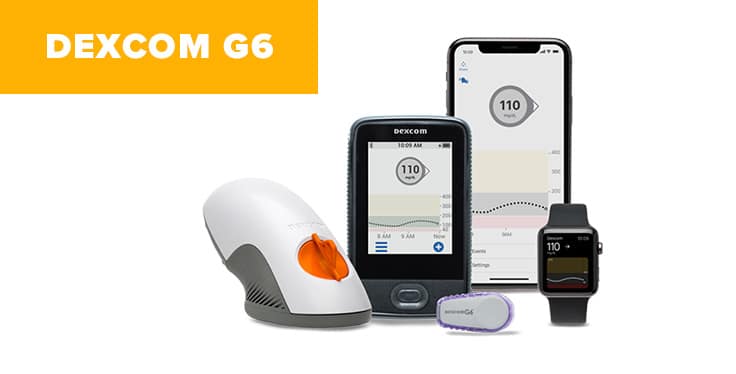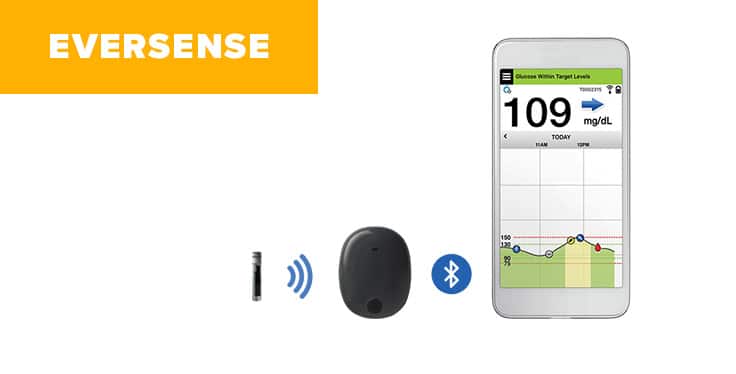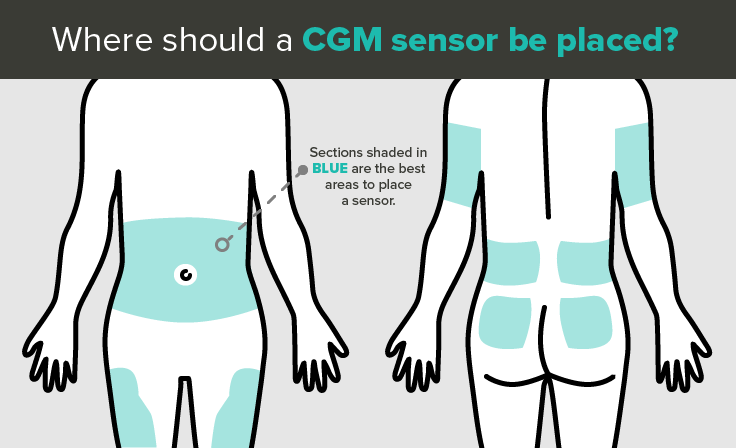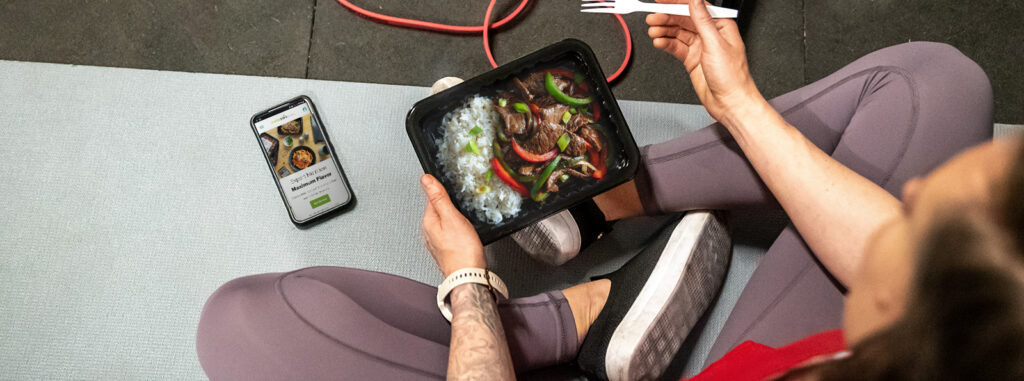ARTICLE AT A GLANCE
By continuously monitoring blood sugar throughout the day and night, Continuous Glucose Monitoring (CGM) empowers diabetics with real time data on how their daily habits impact glucose levels.
CGM FREQUENTLY ASKED QUESTIONS
What is Continuous Glucose Monitoring?
How does CGM differ from traditional BGM?
Who can use CGM?
Can non-diabetics benefit from CGM?
Is CGM accurate?
What is the best CGM system?
How long does a CGM last?
Where should a CGM sensor be placed?
Does insurance cover CGM?
What is Continuous Glucose Monitoring?
Continuous Glucose Monitoring or (CGM) is a method to track glucose levels 24 hours a day. CGMs use a minimally invasive electrochemical sensor that’s inserted below the skin to measure blood sugar within interstitial fluid.
The sensor then emits a low frequency signal which communicates glucose data to your phone, watch or other form of receiver.
How does CGM differ from traditional BGM?
CGM systems take glucose measurements at regular intervals (every 5-15 minutes), 24 hours a day and translates those readings into dynamic data. Users get real time information such as:
- Glycemic variance
- Time in range percentage
- Wake up and bedtime scores
- Estimated A1c
- Daily Highs and Lows
Blood Glucose Meters (BGM) show a snapshot of a single moment in time. BGMs require a finger prick to obtain a small blood sample before transferring the blood to a test strip that’s been inserted into the BGM. It is recommended that users perform this test multiple times per day including:
- Upon waking
- Before each meal
- 1 or 2 hours after a meal
- In the middle of the night
- During and after physical activity
- If you feel like your blood sugar may be too high or low
- When you’re sick or under stress
Who can use CGM?
According to the National Institute of Diabetes and Digestive and Kidney Diseases:
“Most people who use CGMs have type 1 diabetes. Research is underway to learn how CGMs might help people with type 2 diabetes.
CGMs are approved for use by adults and children with a doctor’s prescription. Some models may be used for children as young as age 2. Your doctor may recommend a CGM if you or your child:
- are on intensive insulin therapy, also called tight blood sugar control
- have hypoglycemia unawareness
- often have high or low blood glucose
Your doctor may suggest using a CGM system all the time or only for a few days to help adjust your diabetes care plan.”
Can non-diabetics benefit from CGM?
Yes, non-diabetics can benefit from the information gathered from continuous glucose monitoring.
The dynamic information gathered on glucose response to specific foods, sleep, stress and exercise can significantly drive behavioral change. These changes could lower the chance of disease, including diabetes.
Non-diabetics currently need a prescription from their doctor and should expect out of pocket costs.
Is CGM accurate?
Continuous glucose monitoring has become exceptionally accurate. MARD (mean absolute relative difference) has emerged as the preferred metric to assess sensor accuracy. MARD is the average of the absolute error between all CGM values and matched reference values. MARD scores of 10% or less are considered ideal and as of 2020 most CGM’s are now in the single digits.
What is the best CGM system?
Let’s compare four continuous glucose monitor options that are FDA approved and available in the US.
Downloadable PDF: Comparing 4 CGM Systems

Dexcom G6
Sensor Life: 10 days
Alarms: High, low, trend
Predictive: Yes
Trends: Yes
Rate Change: Yes
Calibration: None
MARD: 9.0%

Guardian Connect
Sensor Life: 6 days
Alarms: Multiple
Predictive: Yes
Trends: Yes
Rate Change: Yes
Calibration: 12-hourly
MARD: 9.64%

FreeStyle Libre
Sensor Life: 14 days
Alarms: None
Predictive: n/a
Trends: n/a
Rate Change: n/a
Calibration: None
MARD: 9.7%

Eversense
Sensor Life: 180 days
Alarms: Multiple
Predictive: Yes
Trends: Yes
Rate Change: Yes
Calibration: x4 at 2-12 hour, then 12-hourly
MARD: 8.8%
Based off manufacturers specifications. *MARD = Mean Absolute Relative Difference
How long does a CGM last?
Continuous glucose monitors have sensors that last between 6 days and 3 months depending on the device. You should also check for an expiration date on the box of any unused sensors. Sensors often expire within 6 months of being manufactured.
Where should a CGM sensor be placed?

Common areas to place a CGM sensor include the abdomen, tricep, buttocks, thigh and lower back.
It is recommended to rotate sites once the sensor expires and not to use the same site twice in a row.
Does insurance cover CGM?
According to Integrated Diabetes Services:
“People with type 1 (insulin-dependent) diabetes often qualify for insurance coverage, particularly if the following criteria are met:
- A history of hypoglycemia, documented in the physician’s chart/records
- Presence of hypoglycemia unawareness (lack of symptoms during the early phases of hypoglycemia)
- Erratic blood glucose levels
- Suboptimal HbA1c
- Frequent blood glucose monitoring
- Having completed diabetes self-management education
In some cases, people with type 2 diabetes, whether or not insulin is used, can obtain coverage if many of these same conditions exist.”






